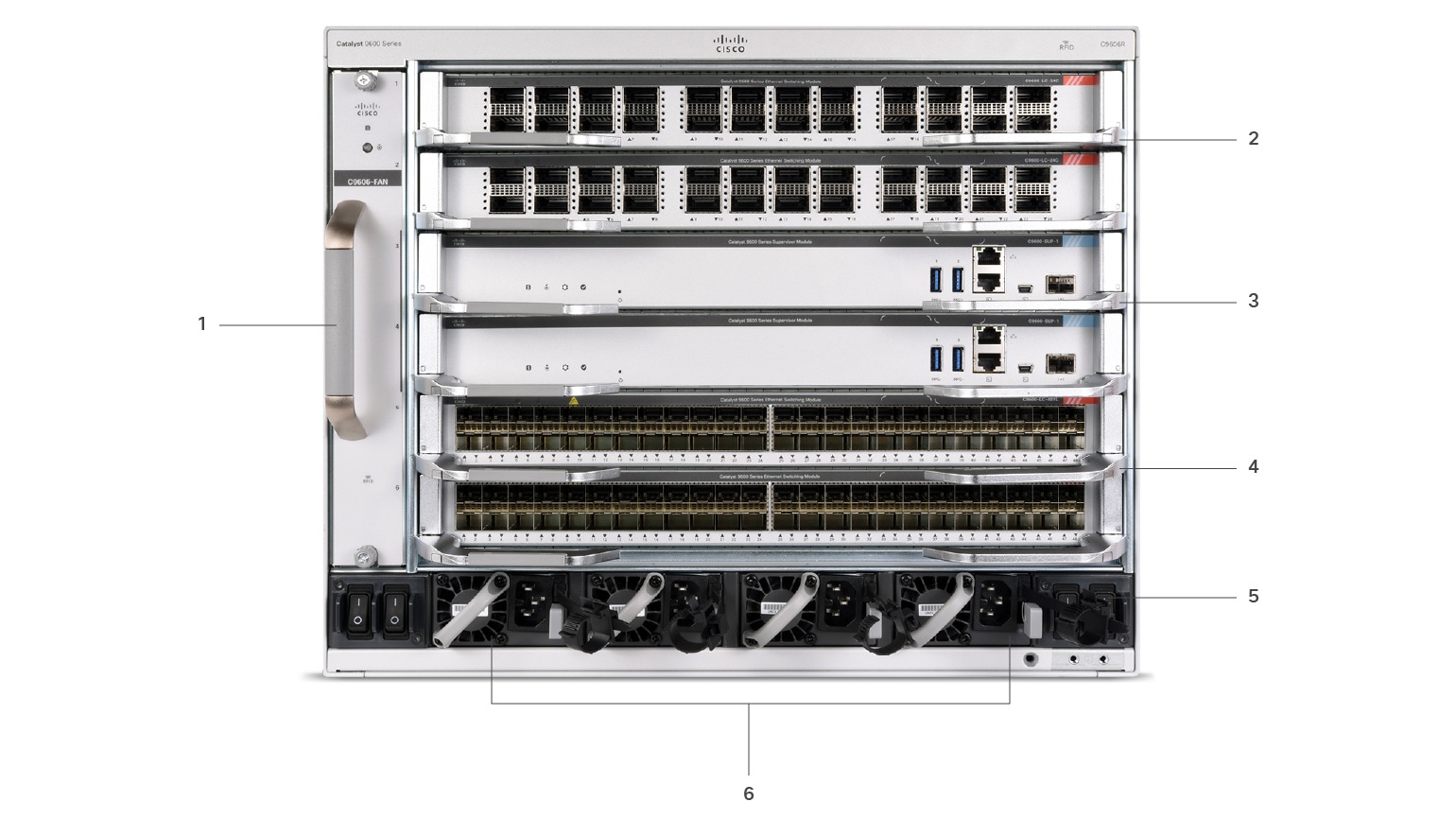Licensing
Cisco Smart Licensing is a flexible licensing model that provides you with an easier, faster, and more consistent way to purchase and manage software across the Cisco portfolio and across your organization. And it’s secure—you control what users can access. Licenses are managed through Cisco smart accounts. For a more detailed overview on Licensing, go to Cisco Software Licensing and Smart Accounts.
Creating Smart Accounts by using the Cisco Smart Software Manager (Cisco SSM) enables you to order devices and licensing packages and manage your software licenses from a centralized website. You can set up Cisco SSM to receive daily email alerts and to be notified of expiring add-on licenses that you want to renew.
You must order an add-on license in order to purchase a switch. When the license term expires, you can either renew the add-on license to continue using it or deactivate the add-on license and then reload the switch to continue operating with the base license capabilities.
Both the base and add-on licenses are also available for a 90-day evaluation period. An evaluation license is activated temporarily, without purchase. An expired evaluation license cannot be reactivated after reloading
Required licensing There are two choices for software subscription: Network Advantage, Cisco DNA or Cisco Catalyst. For more details, go to Cisco Catalyst and DNA Software Subscription Matrix.
Cisco Enterprise Agreement
The Cisco Enterprise Agreement (EA) is a flexible licensing solution that simplifies the purchase, management, and deployment of Cisco technologies. By combining multiple Cisco software and services into one agreement, the EA provides easy access to a wide range of products, including networking, security, collaboration, and data center solutions. This approach reduces administrative tasks, offers predictable costs, and allows for scalability and adaptability. With the flexibility of the Cisco EA, organizations can drive digital transformation and innovation while maintaining control over their IT investments. For more information, go to Cisco Enterprise Agreement.













